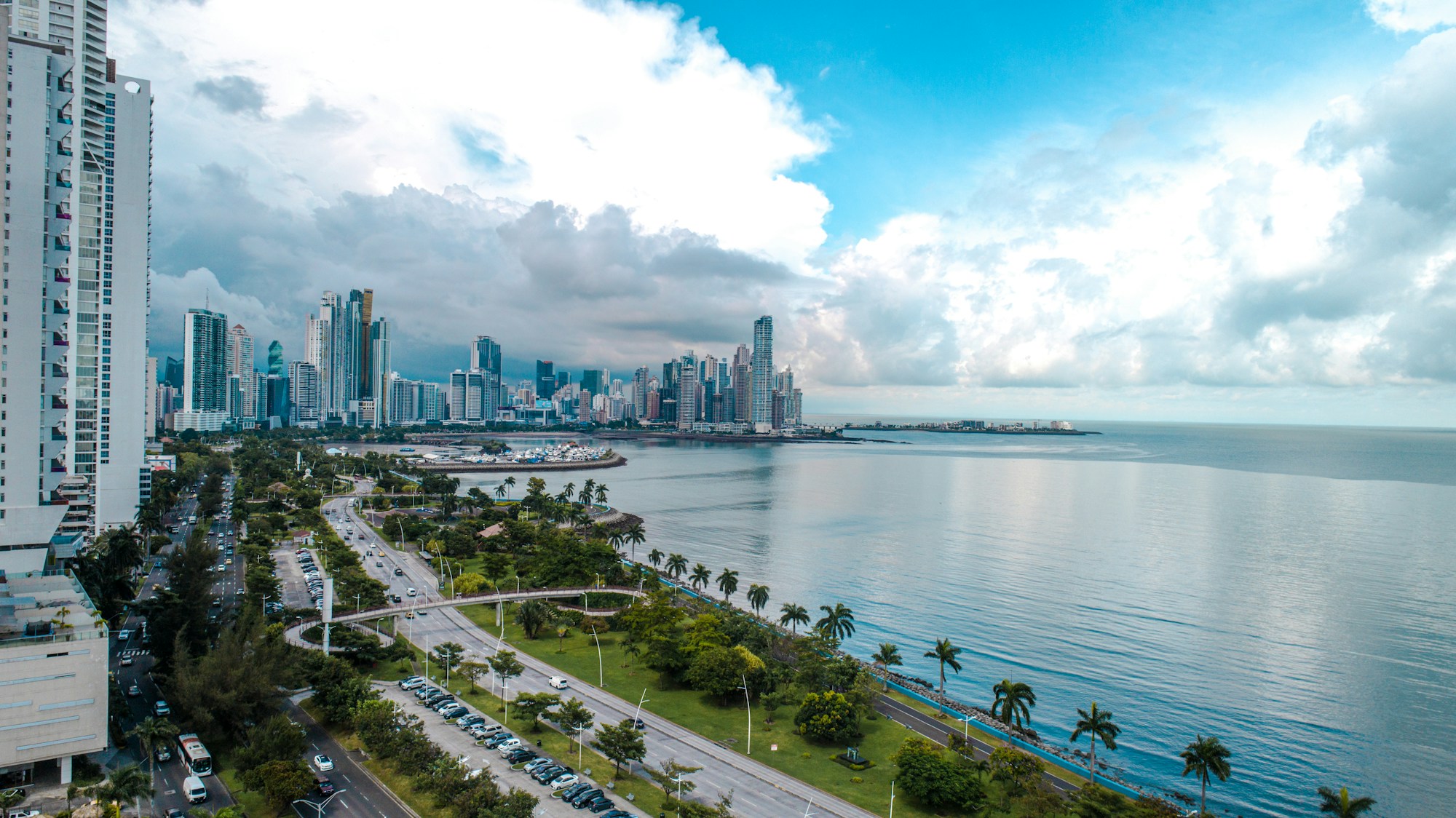Panama's Cultural Discovery: History, Customs & Festivals

Panama's Cultural Discovery: History, Customs & Festivals
History
Panama has a rich history that dates back thousands of years. The indigenous people of Panama, such as the Ngobe-Bugle and the Embera-Wounaan, have a strong presence in the country's cultural heritage. The arrival of the Spanish in the 16th century marked a significant turning point in Panama's history, as it became an important transshipment point for gold and silver from South America to Spain.
In 1821, Panama gained independence from Spain and became part of the Republic of Gran Colombia. However, this union was short-lived, and in 1903, Panama became an independent nation. The construction of the Panama Canal, which was completed in 1914, further shaped the country's history and played a crucial role in its economic development.
Today, Panama stands as a vibrant and diverse nation, blending its indigenous roots with its Spanish colonial heritage and modern cosmopolitan influences.
Customs
Panamanian customs are strongly influenced by the country's diverse cultural heritage. One notable custom in Panama is the traditional dress worn by indigenous groups. Each group has its own unique style and design, showcasing their distinct cultural identity. The colorful "pollera" dress worn by Panamanian women is also a symbol of national pride.
Another important custom in Panama is the concept of "familismo," which emphasizes the importance of family and community. Family gatherings and celebrations are a common occurrence, with food playing a central role in these events. Panamanian cuisine is known for its fusion of flavors, with influences from Spanish, African, and indigenous cuisines.
In addition, Panama is a predominantly Catholic country, and religious traditions and celebrations play a significant role in Panamanian customs. Holy Week, also known as Semana Santa, is widely observed with processions and religious ceremonies.
Festivals
Panama is renowned for its vibrant and lively festivals, which showcase the country's cultural diversity. One of the most famous festivals in Panama is the Carnival, held in the capital city of Panama City. Carnival is a four-day celebration leading up to Ash Wednesday, filled with parades, music, dancing, and colorful costumes.
The Corpus Christi festival, celebrated in the town of La Villa de Los Santos, is another significant event in Panama. This religious festival combines Catholic traditions with indigenous customs, featuring traditional dances, processions, and the creation of beautiful flower carpets.
La Feria de Las Flores y del Café, or the Fair of Flowers and Coffee, is another popular festival celebrated in the city of Boquete. This festival pays homage to the region's natural beauty and agricultural heritage, with colorful flower parades, coffee tasting events, and live music performances.
Conclusion
Panama offers a fascinating cultural discovery with its rich history, customs, and vibrant festivals. Exploring Panama's diverse heritage through its indigenous cultures, colonial influences, and modern celebrations provides a unique and immersive travel experience. Whether witnessing the elaborate traditional dresses, savoring the flavors of Panamanian cuisine, or dancing to the rhythms of the Carnival, Panama's cultural treasures are bound to leave a lasting impression.
